If you’re intimidated by the idea of hosting Thanksgiving for the first time, these 7 tips for Hosting Thanksgiving make it easy!
Keep stress to a minimum with all the planning and get a head start with a Basic Thanksgiving Dinner Menu for first-timers.
Table of contents
- The most stressful part of hosting and planning food for the holidays?
- 1. PREPARATION is the KEY to success.
- 2. Blending traditions can be tricky when a holiday meal is not “real” without _______.
- 3. Specialty diets are challenging to navigate—especially when preparing traditional meals.
- 4. Let guests participate; they’ll feel more like family.
- 5. If this is your first time to host …
- 6. Grace needn’t be only offered at mealtime—even toward yourself.
- 7. It’s about thankfulness, not performing or impressing.
- Simple Thanksgiving Menu for First-Time Hosts
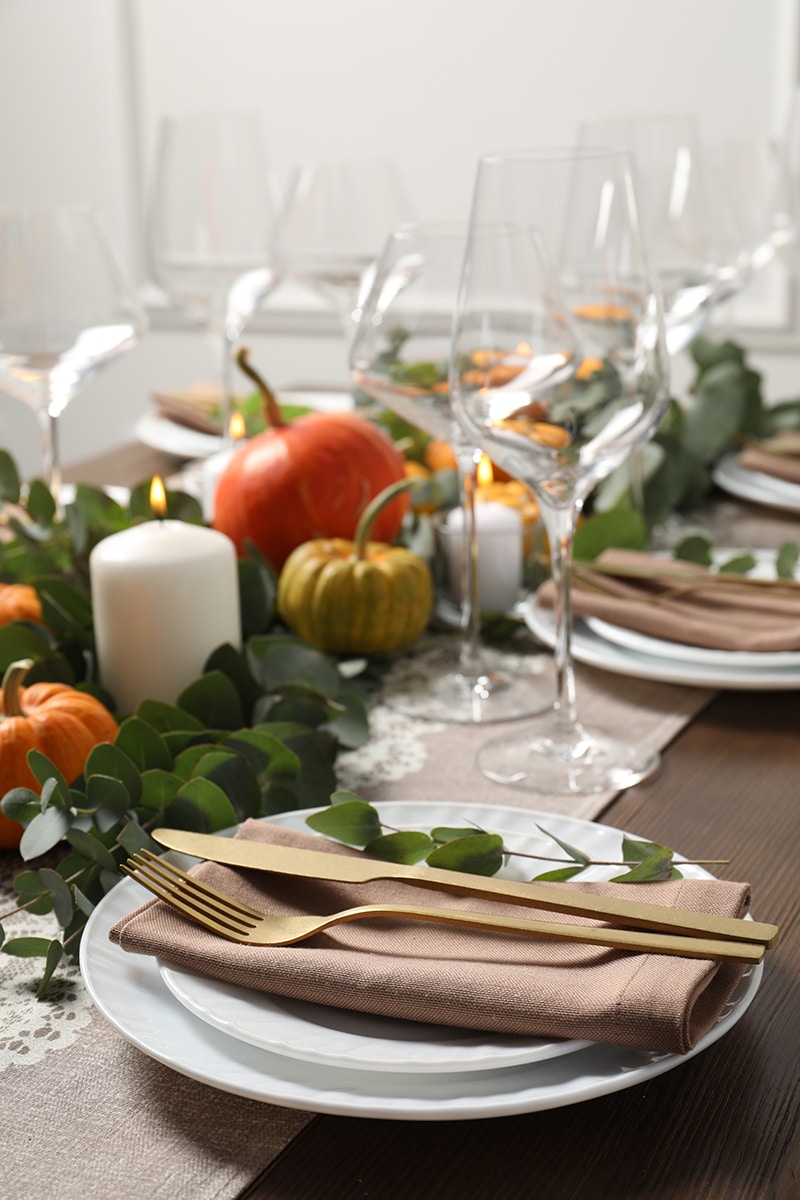
The most stressful part of hosting and planning food for the holidays?
When I pose that question, I often hear about the stress of meeting expectations and performance. Concerns over specialty diets, how much to make, blending traditions and families, what to bring when invited, or dreading the frustration of no one appreciating the effort—it is enough to drain every ounce of joy out of the entire holiday season if you let it.
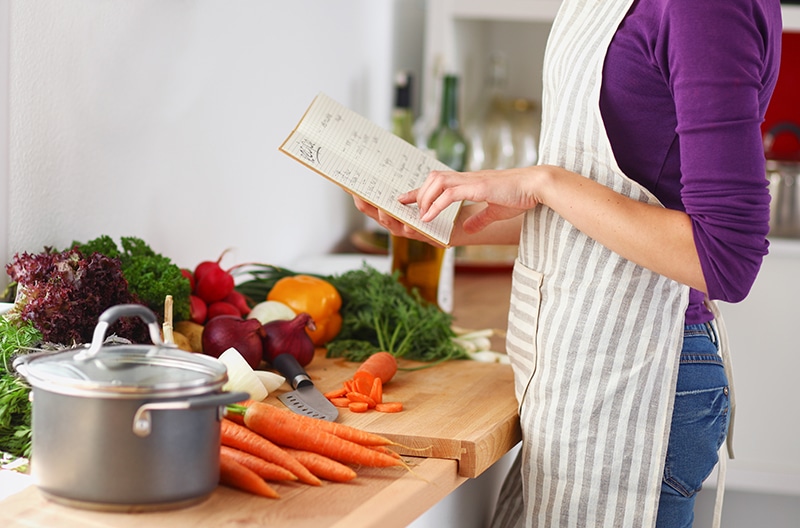
1. PREPARATION is the KEY to success.
Years ago, I created a Thanksgiving Prep Schedule, including a list of cleaning tasks to take the guesswork out of getting everything on the table. Seeing it in black and white makes a huge difference to see where adjustments are needed.
Various articles include a schedule for their holiday menus, but I have never found it to be very practical to adopt someone else’s menu during the holidays. Developing my own to include our family favorites was the solution I needed.
- Start as early as a week before checking linens, candles, decorations, dishes, and flatware.
- Create a cooking schedule using one-hour or half-hour increments, and fill in each recipe working backward from the time you plan to sit down to eat.
This extra investment of time will be a benefit for years to come since Thanksgiving dinner doesn’t change drastically. I use a general outline, but you can make it as detailed as you would like—feel free to copy and use my Thanksgiving schedule as a guide.

2. Blending traditions can be tricky when a holiday meal is not “real” without _______.
Whether we are sharing a holiday meal with extended family, new in-laws, inviting friends over, or guests we know would otherwise be alone, the question I ask is, “If you had to choose a single item that defines the holiday meal for you, what would it be?”
This question helps set the menu and ensure everyone at the table will have at least one thing special to them. Homemade egg noodles are my favorite at Thanksgiving, but it’s Pumpkin Dream Pie for my husband. This kind of comfort food reminds us of home like nothing else.
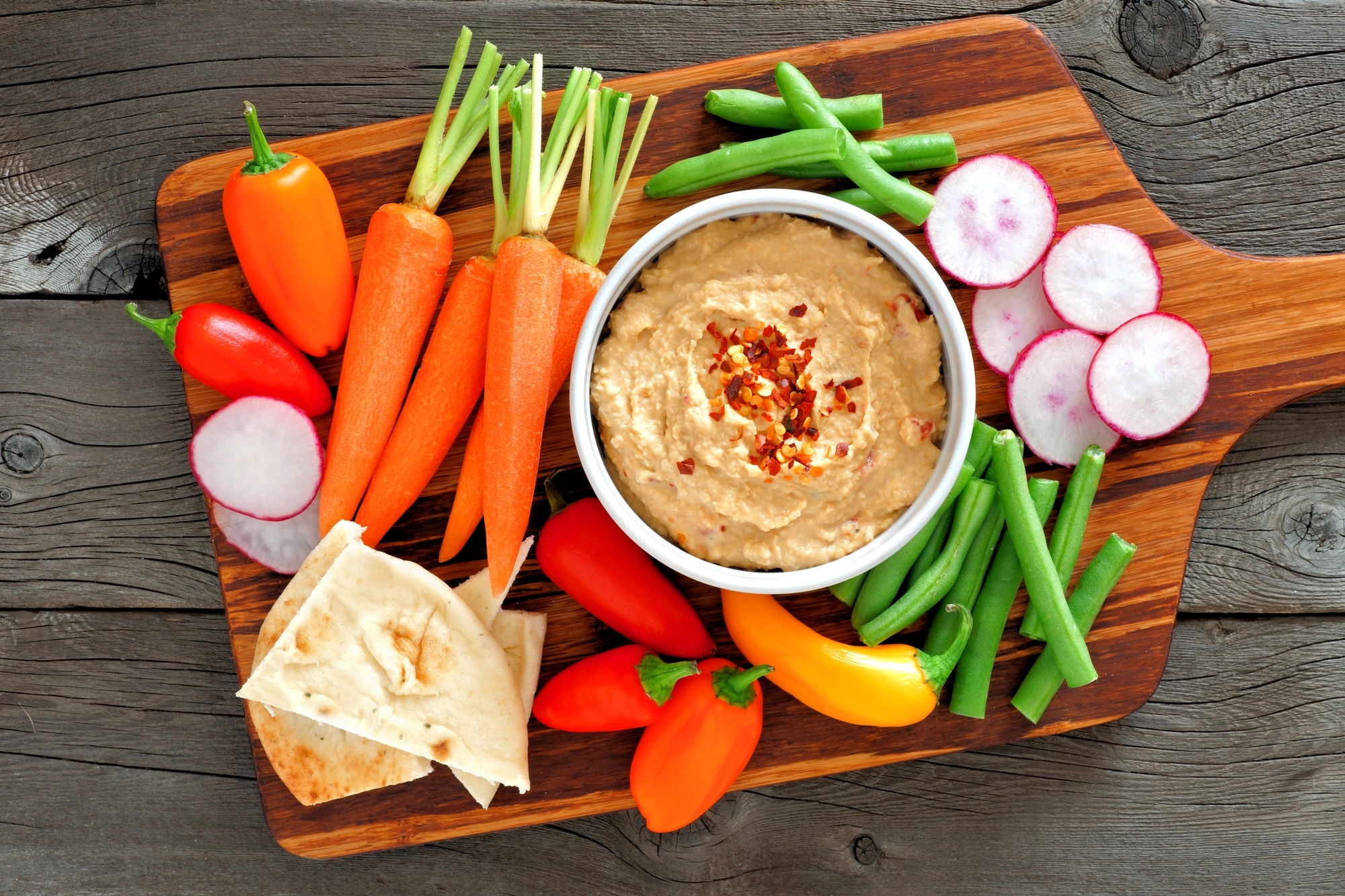
3. Specialty diets are challenging to navigate—especially when preparing traditional meals.
It is important to consider guests with special diets, however, you are not expected to gear the entire menu around it (obviously, life-threatening allergies are the exception).
Ask your guest for help with locating recipes that accommodate their needs, as well as bringing a dish they are sure to be able to enjoy. The individual with the special diet will be happy to be asked and feel more at ease when they know beforehand what to expect.
There are numerous online resources for dairy-free, gluten-free, diabetic, allergy-free, vegetarian & vegan, and other dietary considerations.
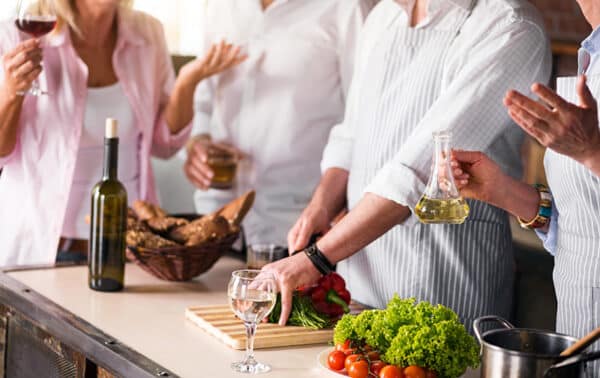
4. Let guests participate; they’ll feel more like family.
After hosting holiday meals for more than 30 years, I have learned that I do not have to do it all, and it is important to be specific when guests ask what they can bring. Everyone is more invested in the meal when participating in some way, but no one wants to show up with the fifth pumpkin pie.
Hold a few simple tasks back for those who want to help, like slicing lemon for water, filling glasses for the table, or arranging plates. Invite kids to color pictures for placemats or have older kids clean up any sink dishes while you’re putting on the finishing touches.
If they are not well acquainted with cooking or don’t know what to bring, don’t hesitate to be specific, even naming the place to pick up a pie or the type of wine you would like with the meal. They would rather know than have to guess.
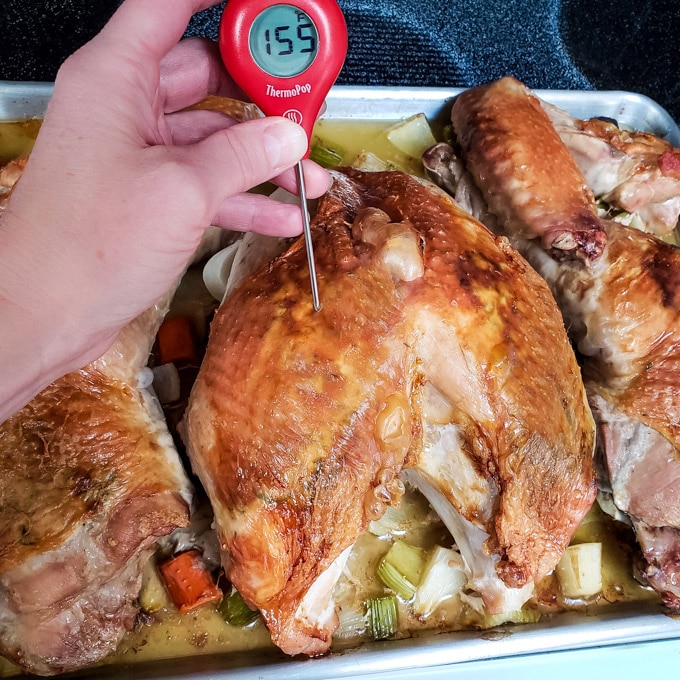
This post may contain affiliate links. See our disclosure policy for more information.
5. If this is your first time to host …
- Stick with a basic menu [see below], and don’t hesitate to ask guests to bring a dish.
- Do some planning; whatever time you think it will take, allow for more. All new recipes take extra time to make because nothing is on autopilot.
- Invest in an instant-read thermometer to be certain when the turkey is done. Never rely on the pop-up type that comes already inserted in turkeys.
- Don’t make everything from scratch the first time; give yourself the flexibility to include a few shortcuts with store-bought pie crust or stuffing mix you can modify.
- Host a potluck! We have tons of potluck hosting ideas in this Friendsgiving article to help you.
- Borrow what you don’t already have. If you are not in the practice of entertaining, you may not have large platters or enough dinner plates. More than once, I have borrowed what I needed from a neighbor or friend when hosting a large group—it saves money and storage space.
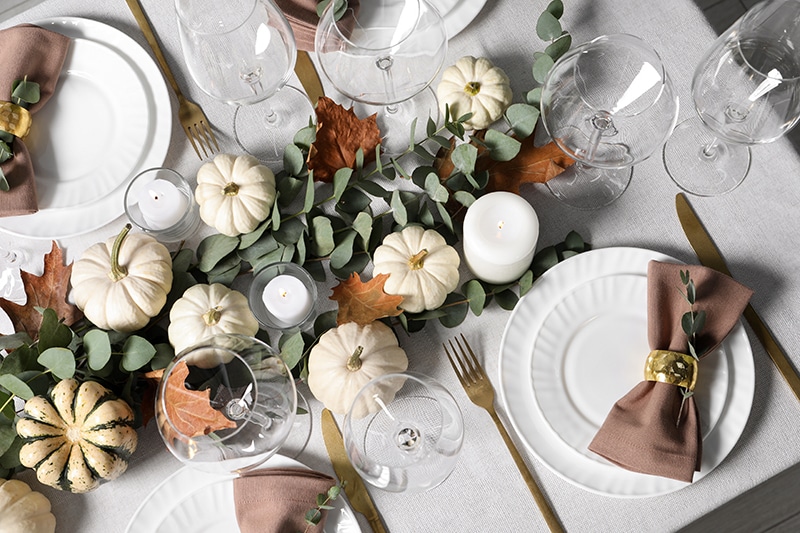
6. Grace needn’t be only offered at mealtime—even toward yourself.
The holidays can be a tough time for people financially, emotionally, and physically. Often, we expect everything to be the same as it always has been, even though things aren’t the same—the loss of a loved one, joblessness, divorce, illness, and other major life changes can leave us worn and weary.
If you are in the midst of a difficult season, extend yourself grace. Give yourself permission to do less (a lot less!) or nothing at all, like ordering a fully prepared Thanksgiving dinner from a local store.
Focus on the people, places, and food that bring comfort, refreshing, and rest.
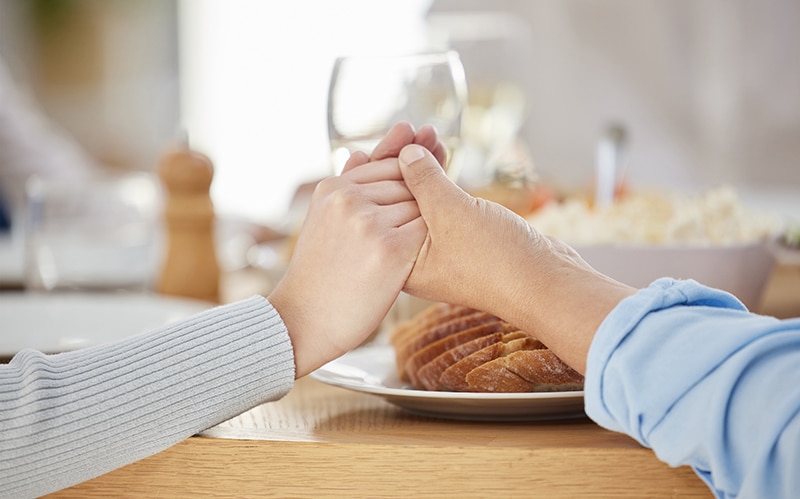
7. It’s about thankfulness, not performing or impressing.
We can drive ourselves crazy with all the variables of preparing the house, what to make, how much, what to do with all the leftovers or without leftovers, and trying to make everything perfect.
By all means, make the house mother-in-law-clean if you have to, but skip painting and room makeovers three days before Thanksgiving. If you have space to invite people into and food to share, you have much to be thankful for.
Your invitation, generosity, and attitude will always set the tone for your gathering.
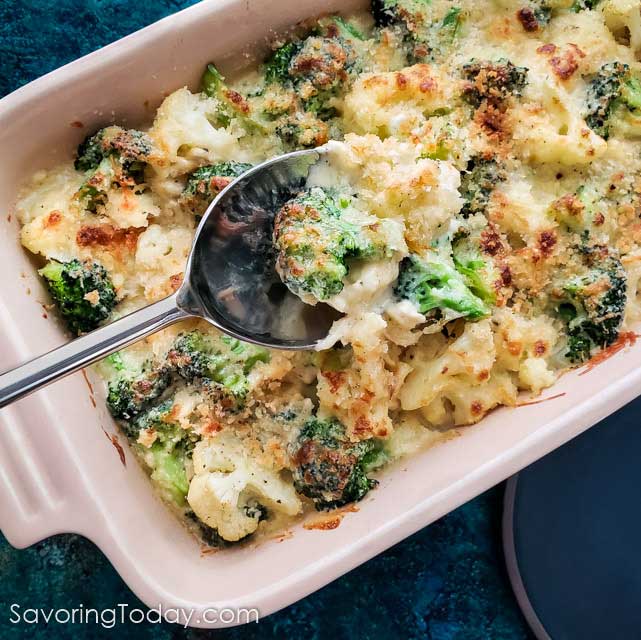
Simple Thanksgiving Menu for First-Time Hosts
- Lemon Herb Dry Brined Turkey
- Easy Mashed Potatoes
- Classic Sage Dressing
- Broccoli & Cauliflower Gratin or Tuscan Broccoli Side Dish
- Dinner Rolls
- Pumpkin Dream Pie or Chocolate Mint Cream Pie
Let the peace of Christ rule in your hearts, since as members of one body you were called to peace. And be thankful. —Colossians 3:15

Alea Milham says
So much wonderful advice and a delicious menu! I wish you a blessed Thanksgiving with your family! Thank you for sharing this incredibly thoughtful post with the Hearth and Soul Hop.
Swathi says
Thanks for sharing wonderful menu ideas for holidays, Happy thanks gving to you. Thanks once again for sharing with Hearth and soul blog hop.
Nisrine says
Great tips. I hope you have a wonderful holiday.
Karen (Back Road Journal) says
Your tips are wonderful for any gathering. I’m sure there are many bloggers that may be making the holiday dinner for the first time. I hope that they find their way to your blog.
Lisa says
#6 is my favorite, and what sets you apart :^) And I vote for the thermometer being the best tool as well, I splurged $20 on a digital one several years ago and will never go back!
Jan Simpson says
We have the same basic menu but in place of the veg tray (which is served during the big game), we have green beans, cranberry sauce & a pear, bleu chees & greens side salad. My key is prepping as much as I can ahead. I chop onions, celery, make the turkey giblets broth, sweet potato casserole, gravy base & set the table the day ahead. just pre planning & prepping a bit ahead is a huge destresser.
Judy Purcell says
Oh Jan, you cannot beat a pear & blue cheese side salad! And your idea for setting the table in advance (I’ve even done that the night before), is golden. Thanks for taking time to comment 🙂
ChgoJohn says
Where was this list when I hosted my first Thanksgiving dinner — or 2nd or 3rd, for that matter? As good as the food is, it’s the gathering of family & friends that really counts. And those times grow more precious with each passing year. That’s why I give thanks.
Greg says
This is great advice. We always do a toast on Thanksgiving, whether we have guests or not. It’s nice to say what you’re thankful for. Thermometers are godsends. Thanks for the shout out.
Judy Purcell says
My pleasure, your cornbread stuffing looked amazing!